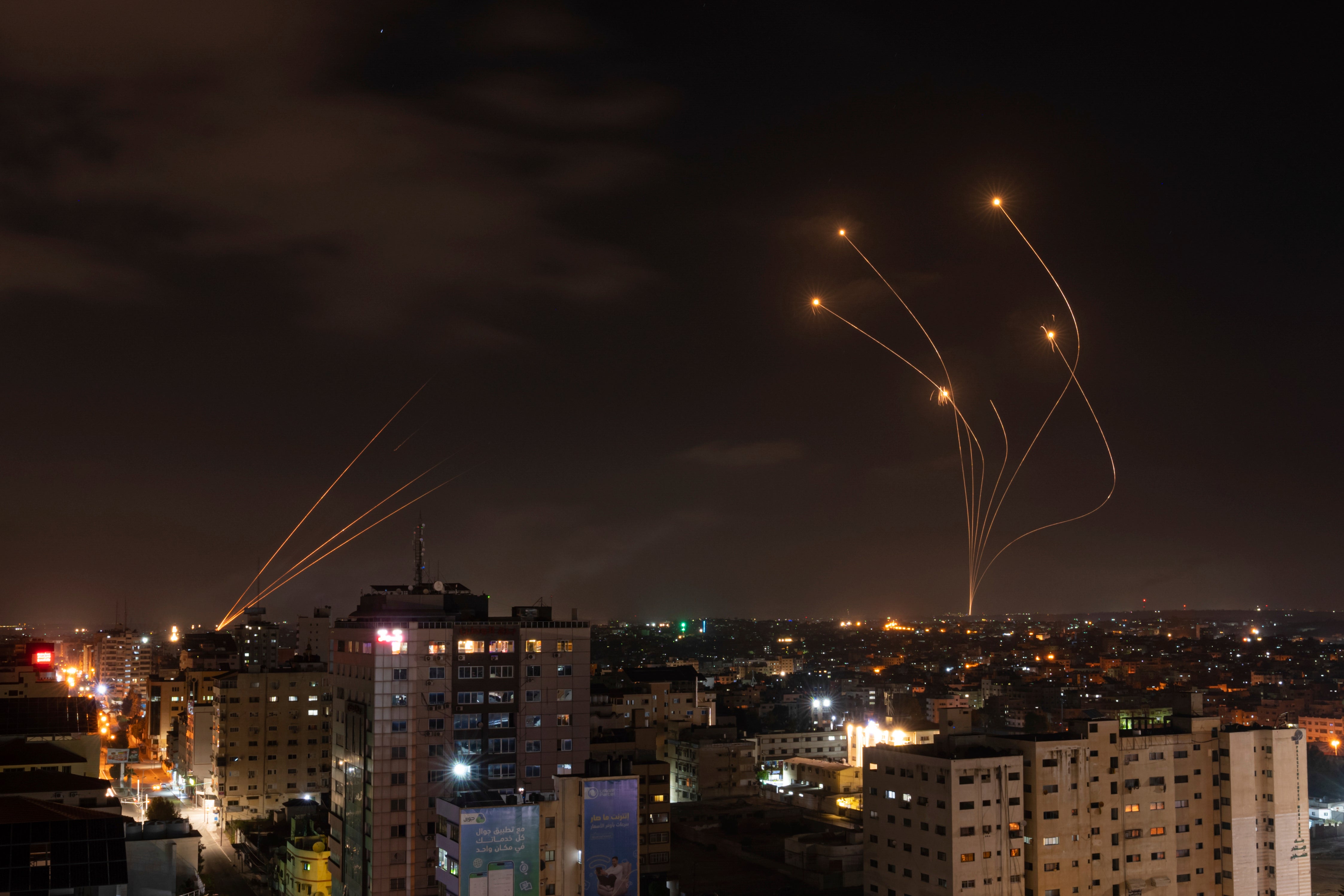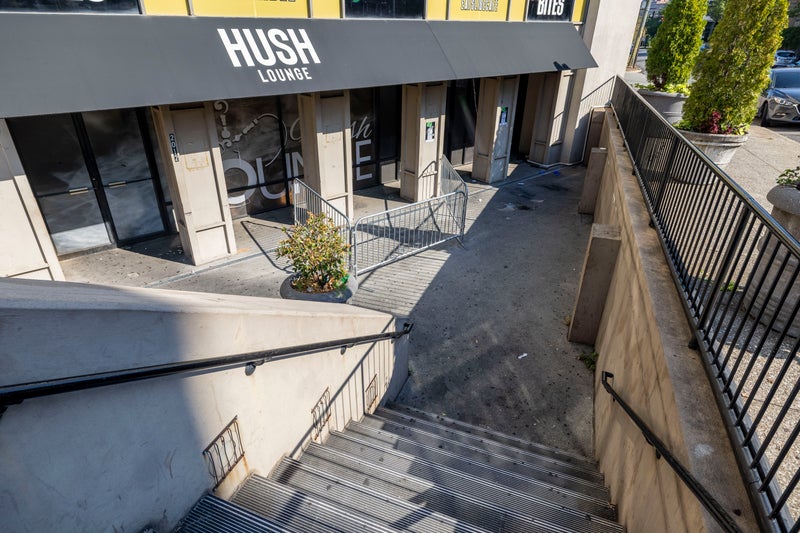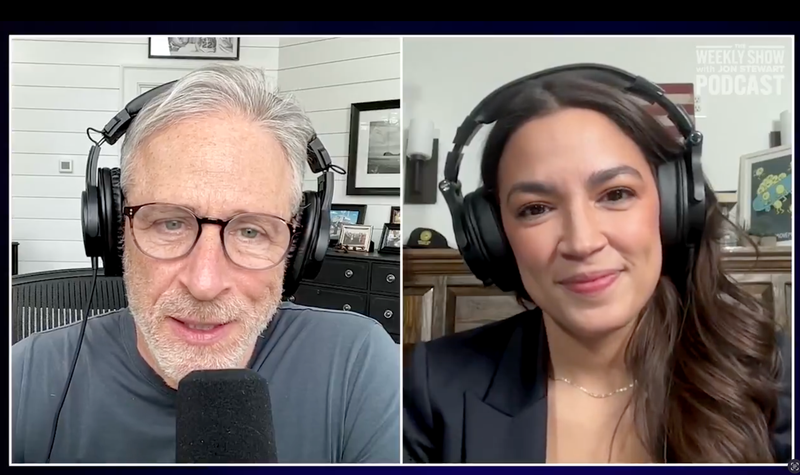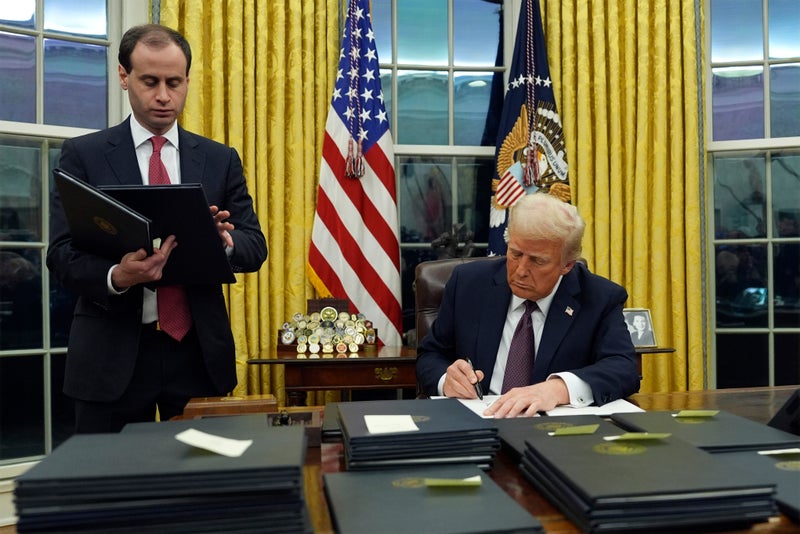How the Israel-Hamas ceasefire deal will unfold —and why it its so precarious
Share:
Israeli troops have pulled back to the edges of Gaza, the first hostages have been released and many Palestinians have returned to what remains of their homes in the first few days of the Israel-Hamas ceasefire deal. If it goes according to plan, there will be no fighting in Gaza for at least six weeks, and dozens of Israeli hostages and hundreds of Palestinian prisoners will be freed, while more aid flows in.
The question is if the ceasefire will survive beyond the first phase — and an appendix to the deal provided to The Associated Press reveals some of the tensions in it. Extending the ceasefire depends on even more negotiations meant to begin soon and eventually tackling the tough issue of how Gaza will be governed, with Israel still demanding the elimination of Hamas. Hanging over those talks is the possibility Israel could resume its campaign to destroy the militant group — even as dozens of hostages remain in its hands.
Here is a look at the plan and the major challenges ahead. Israeli troops pull back and Palestinians return home. As part of Phase 1, Israeli troops have pulled back into a buffer zone along Gaza’s borders with Israel. According to the appendix, which AP has verified, the buffer is 700 meters (about 0.4 mi) wide in most areas.
That has allowed displaced Palestinians to begin to return to their homes, many of which were destroyed or heavily damaged by Israel’s campaign. But their return has been a complicated point in the negotiations. Israel long demanded it keep control over Palestinians’ movement to ensure Hamas does not move weapons back to northern Gaza close to Israeli communities.






















